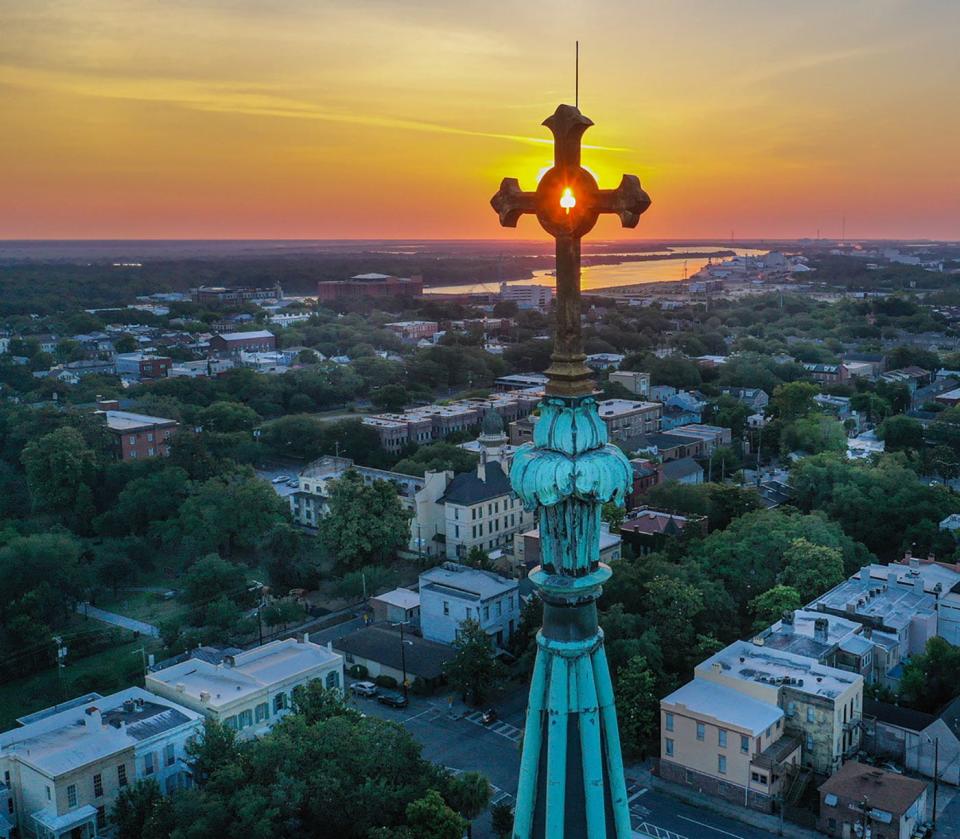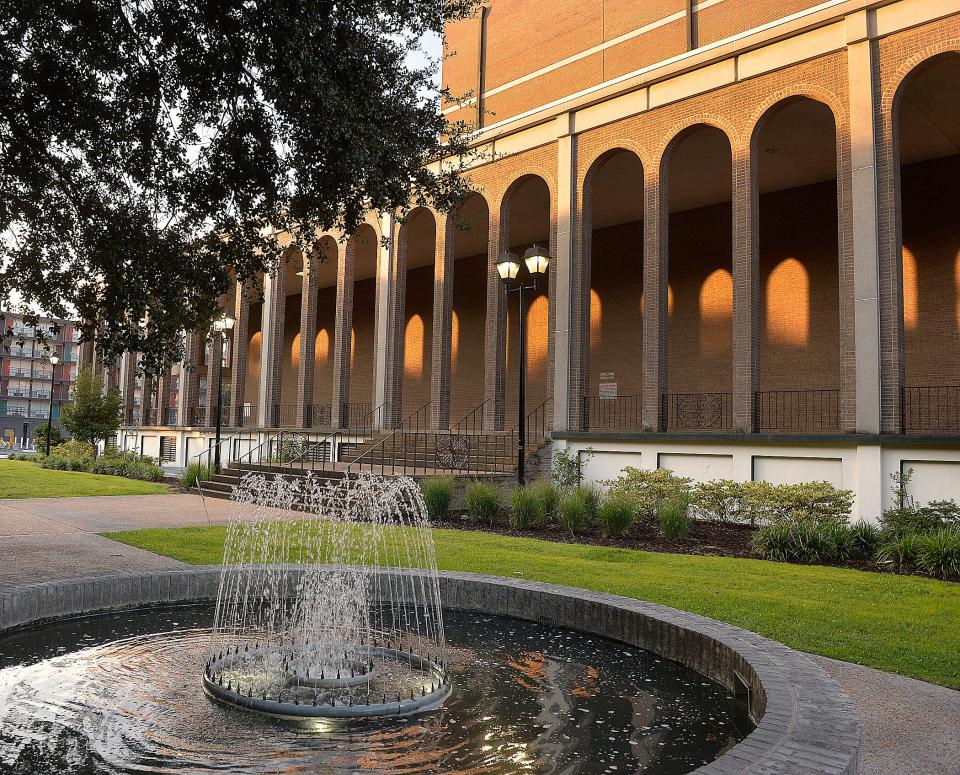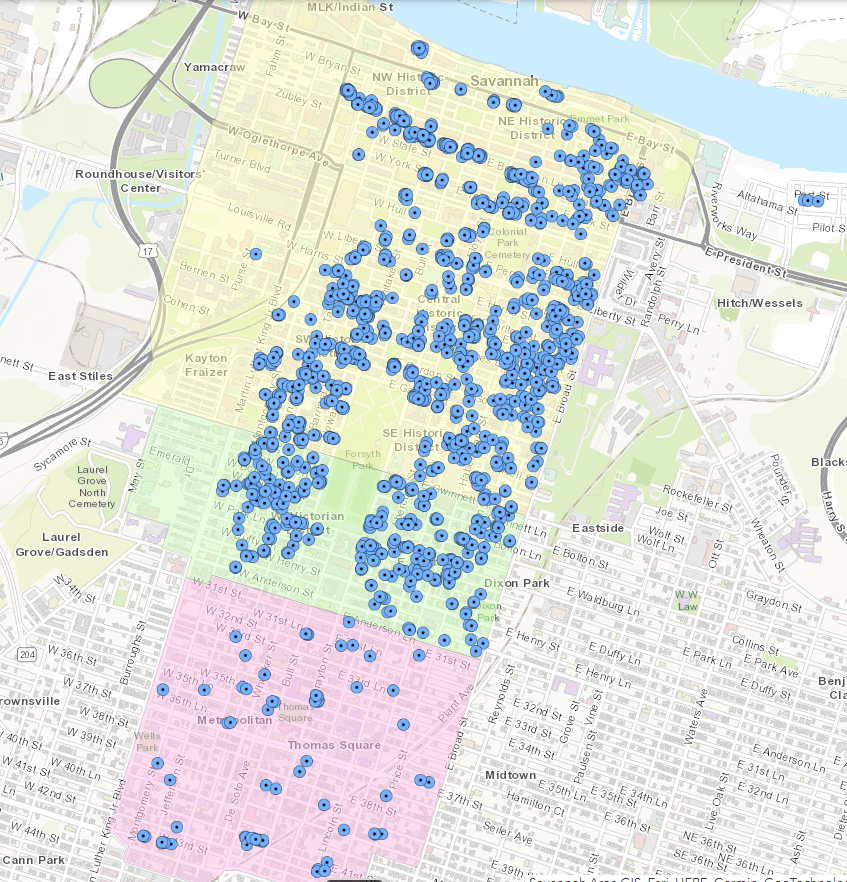City Talk: Stop the madness! Planning mistakes again threaten Savannah's Historic District.
This is the City Talk column by Bill Dawers, a longtime contributor to the Savannah Morning News.
In a perfect world, renewed concerns about development pressures in Savannah’s historic neighborhoods should translate into new policies, but nothing at all will happen if residents and preservationists don’t speak up more loudly.
I should say here that I am not writing this column to wax nostalgic about the Historic District’s charms.
The city plan established by General James Oglethorpe, which focused on both form and function, has proved resilient for nearly 300 years and remains crucial to the creation of more vibrant neighborhoods in Savannah’s core.

Downtown development: As Savannah grows, residents grapple with how to preserve Oglethorpe Plan
Reader letters: Savannah's historic district in peril? Readers debate over advocacy
Some of the city’s worst planning mistakes in the 20th century stemmed from allowing developers to combine parcels to make room for large buildings and parking lots that obliterated residential properties and damaged the fabric of neighborhoods. The dynamic is perhaps most visible today in the northern portion of the Thomas Square neighborhood.
Despite the obvious mistakes, city and county officials are still allowing too many lots to be combined.

Sure, given Savannah’s complex history, developers can find precedent for almost anything, so local officials need to refocus on basic principles. Lots in historic neighborhoods should almost never be combined and should only be divided when the new configuration reflects the history of the parcels in question.
And officials should seize every opportunity to undo the worst mistakes related to combining smaller lots into much larger ones.
Savannah has a remarkable opportunity to repair damage to the urban fabric by demolishing the Civic Center and reestablishing much of the original grid between Orleans and Elbert squares, but Mayor Van Johnson and City Manager Jay Melder appear poised to squander that opportunity.
Should the blocks around Elbert Square have precisely the same lot lines as they had historically? There could be a good public debate about that idea, but I think the best configuration would allow for relatively dense residential development, especially along part of Liberty Street.
But preservationists of the current era shouldn’t just focus on urban form. They need to emphasize function, especially the ways in which Oglethorpe’s vision made room for a variety of housing types.

In Savannah’s early decades, a huge chunk of the population of the city lived in what are now considered “historic” neighborhoods. By the early 20th century, the number of people living north of Victory Drive was dramatically higher than it is today.
Hotels became a part of the city’s fabric early on, and I suppose someone could make a labored argument that short-term vacation rentals are analogous to smaller scale guest houses, but take a look at the map of registered vacation rentals.

Imagine if all those dots had permanent residents rather than a rotating cast of tourists. The increased housing supply would put downward pressure on prices, the downtown economy would be less dependent on tourism and many hundreds of people would be able to enjoy the advantages of living in historic neighborhoods.
There is no quick fix to the problems posed by the fast proliferation of STVRs. Substantive policy decisions might face legal challenges and be unpopular with various constituencies, but city officials should begin taking steps to address the problems.
But they won’t take those steps without more pressure from taxpayers and voters.
Contact Dawers via @billdawers on Twitter and CityTalkSavannah@gmail.com.
This article originally appeared on Savannah Morning News: Savannah Historic District development pressures renew concerns

